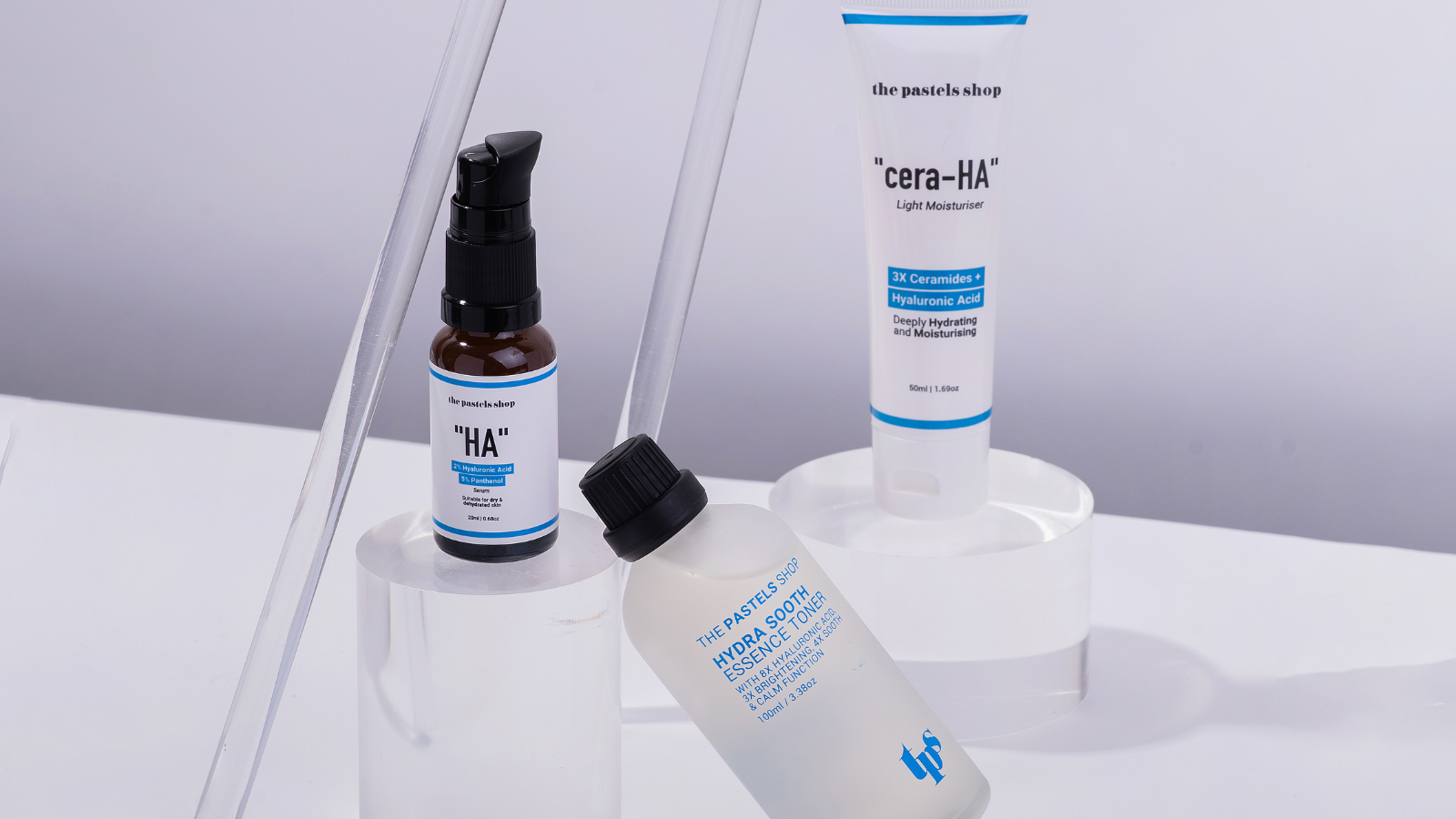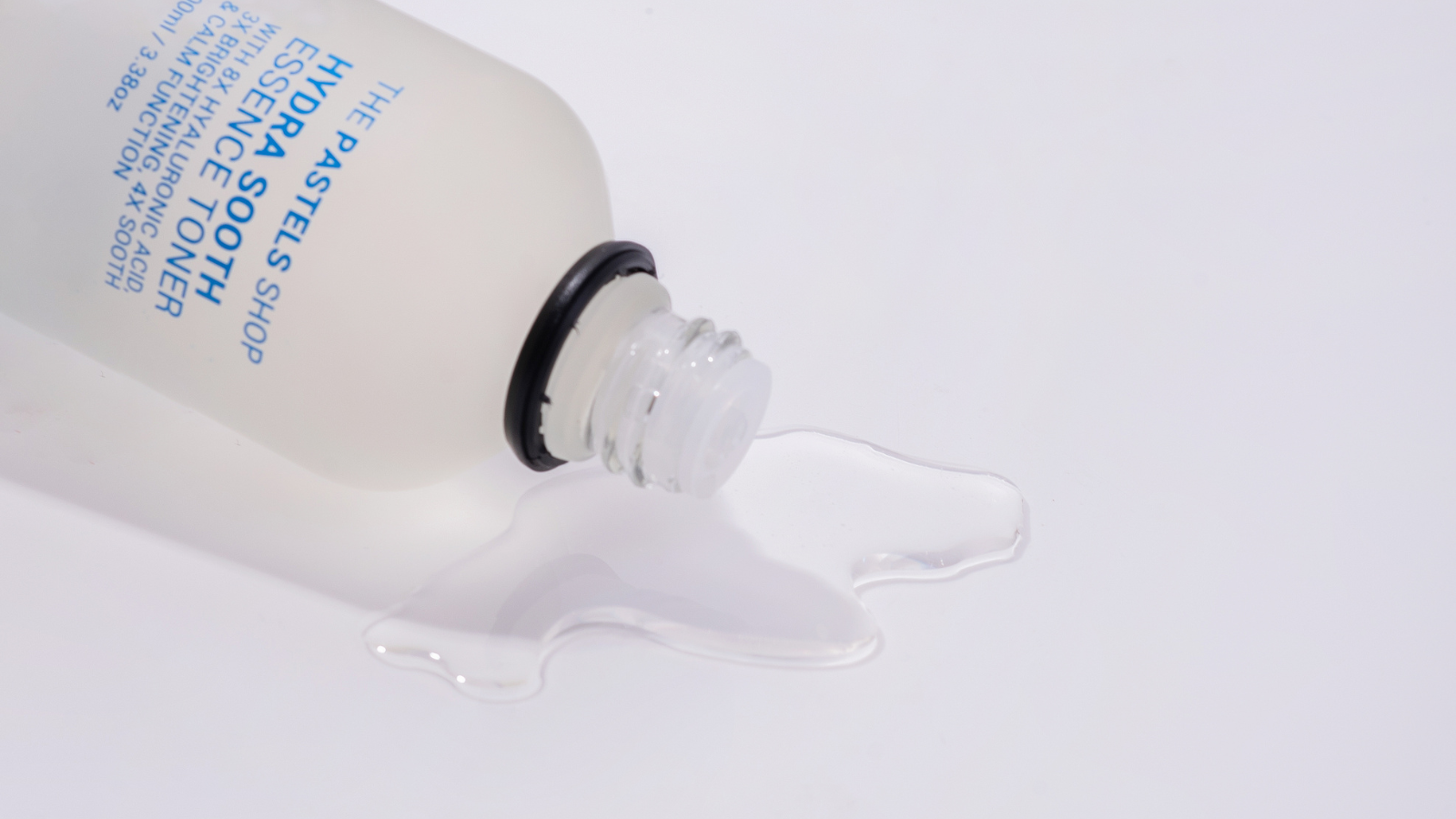Hyaluronic acid, often referred to as HA, has become a skincare superstar thanks to its ability to provide intense hydration and promote a youthful complexion. But did you know that there are different types of hyaluronic acid, each with its unique properties and applications? In this blog post, we'll explore the various forms of hyaluronic acid and how they benefit your skin.
Understanding Hyaluronic Acid
Hyaluronic acid is a naturally occurring substance in the human body, mainly found in the skin, eyes, and connective tissues. Its primary function is to retain water, keeping your tissues well-hydrated and lubricated. In skincare, HA is prized for its ability to hold up to 1,000 times its weight in water, making it a powerhouse ingredient for moisturizing and rejuvenating the skin.
Different Types of Hyaluronic Acid

- High Molecular Weight Hyaluronic Acid:
Function: High molecular weight HA forms a protective barrier on the skin's surface, preventing moisture loss and environmental damage. It creates a hydrating film that locks in water and helps smooth fine lines.
Benefits: This type of HA is suitable for all skin types, especially those with dry or sensitive skin. It provides immediate hydration and promotes a plump, dewy complexion.
- Low Molecular Weight Hyaluronic Acid:
Function: Low molecular weight HA has smaller molecules that penetrate deeper into the skin. It works from within to boost collagen production, improve elasticity, and reduce the appearance of wrinkles.
Benefits: Ideal for mature or aging skin, low molecular weight HA provides long-term anti-aging benefits. It helps to restore skin's firmness and elasticity.
- Cross-Linked Hyaluronic Acid:
Function: Cross-linked HA has undergone a process that binds its molecules together, creating a gel-like consistency. This type is often used in dermal fillers for injectable treatments.
Benefits: Cross-linked HA is mainly used in medical aesthetics to restore volume and smooth deep wrinkles. It provides immediate and dramatic results, but it requires professional administration
- Sodium Hyaluronate:
Function: Sodium hyaluronate is a salt form of hyaluronic acid. It has a smaller molecular size than high molecular weight HA, making it more easily absorbed by the skin.
Benefits: Sodium hyaluronate is a versatile ingredient used in various skincare products, including serums and creams. It provides deep hydration, reduces the appearance of fine lines, and enhances the skin's overall texture.
Incorporating Hyaluronic Acid into Your Skincare Routine
The beauty of hyaluronic acid is its versatility. You can find it in a wide range of skincare products, from cleansers and toners to serums and moisturizers. To make the most of HA in your routine, consider the following tips:
- Layering: Apply hyaluronic acid-based products on damp skin, and layer them from thinnest to thickest consistency for optimal absorption.
- Sunscreen: Always follow up with sunscreen during the day to protect your skin from UV damage, which can degrade HA.
- Pairing with Other Ingredients: HA pairs well with many other skincare ingredients, such as antioxidants and peptides, to enhance its hydrating and anti-aging effects.
- Consistency: Regular use of HA-containing products yields the best results. Be patient, as it may take a few weeks to see noticeable improvements in your skin's hydration and texture.

Conclusion
Understanding the different types of hyaluronic acid allows you to choose products that suit your specific skincare needs. Whether you're looking for immediate hydration, long-term anti-aging benefits, or a combination of both, HA has a place in your skincare routine. With the right products and proper usage, you can harness the power of hyaluronic acid for a healthier, more youthful complexion.




